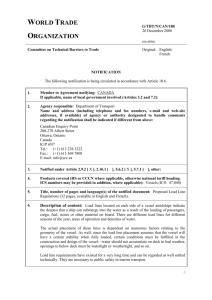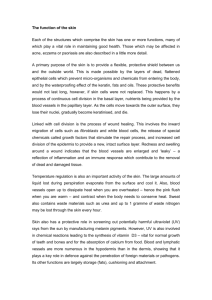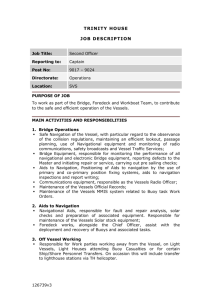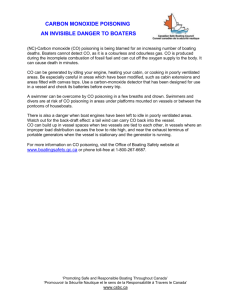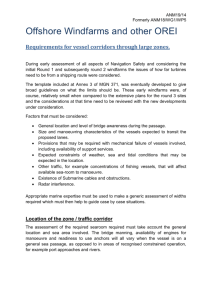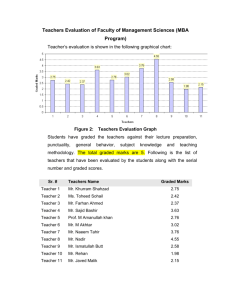Deformation of Pressure Vessels with Varying Elastic Modulii
advertisement
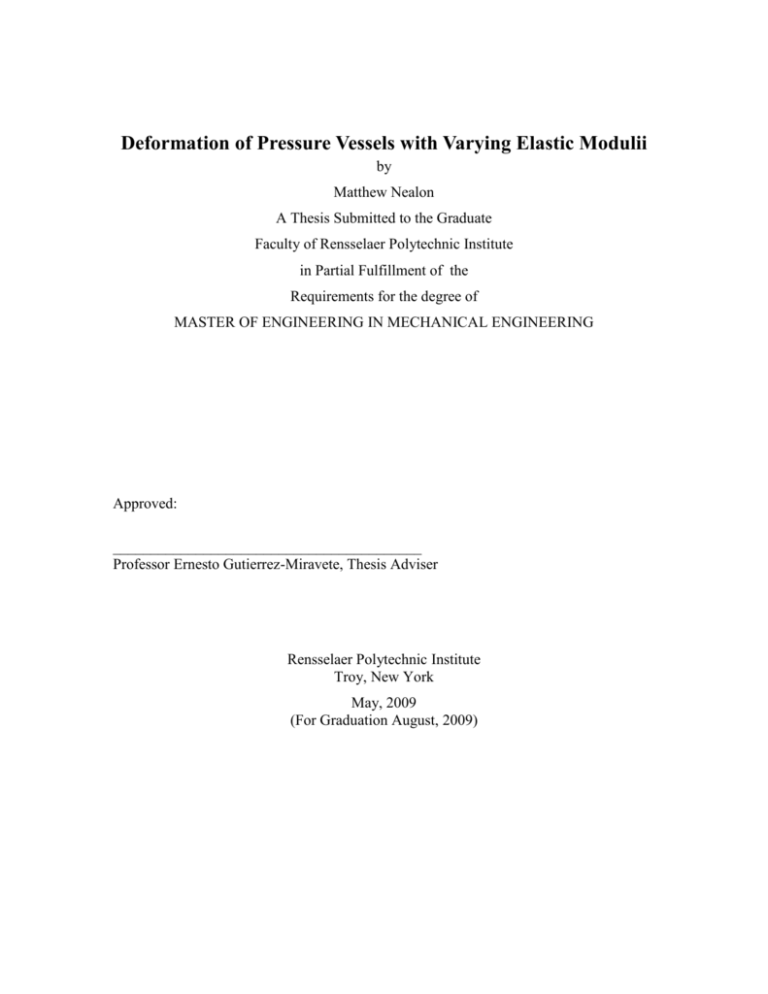
Deformation of Pressure Vessels with Varying Elastic Modulii by Matthew Nealon A Thesis Submitted to the Graduate Faculty of Rensselaer Polytechnic Institute in Partial Fulfillment of the Requirements for the degree of MASTER OF ENGINEERING IN MECHANICAL ENGINEERING Approved: _________________________________________ Professor Ernesto Gutierrez-Miravete, Thesis Adviser Rensselaer Polytechnic Institute Troy, New York May, 2009 (For Graduation August, 2009) 1. Proposal Pressure vessels can be found in many different shapes and sizes. Most of your basic engineering classes dealing with pressure vessels will only discuss a thin-walled vessel with homogeneous material properties. Similar to what was done my Tutunca and Ozturk, I want to look at cylindrical graded pressure vessel and see how varying the material properties (Elastic Modulus) will affect the deformation when a consistent internal pressure is applied. 1 2. Methodology I will use a cylindrically shaped pressure vessel with clamped ends (to hold the length constant), a constant wall-thickness, and a constant pressure. Similar to Nelson, I will solve the exact formula for a pressure vessel with homogeneous material properties. Using COMSOL, I will set up the same situation as my exact solution so that I know that my model is correct. Once the baseline is established, I will vary the Elastic modulus to see how it affects the deflection of the pressure vessel. 2 3. Status So far, I have solved the exact formula for the homogeneous in Maple and compared it to my COMPSOL simulation. Based on my parameters, I found that Maple gave me a displacement of 1.8142e-4 in and a stress of 4.5556e7 Pa and that COMPSOL gave me a displacement of 1.814e-4 in and a stress of 4.573e7 Pa. This means that the stress is only off by .383% and the displacement is off by a measly 0.011%. With this level of accuracy, I felt confident moving on to the non-homogeneous situations. Using COMPSOL, I was able to examine the non-homogeneous situations. All that remains is to complete the final report. 3 4. Timeline The timeline for the project, including milestone and deadlines is shown below. Proposed Completed Description January 28 Yes Proposal Due February 7 Yes Exact Homogeneous Solution Completed February 14 Yes Homogeneous Model Established February 18 Yes First Progress Report Due March 7 Yes Non-Homogeneous Situations Examined March 11 Dropped Second Progress Report Due April 1 Final Draft Due April 15 Final Report Due 4 5. References Nelson, Byron A., “Stress Analysis of a Functionally Graded Hollow Cylinder subject to Axisymmetric Steady-State Loads”, Link to Portfolio, May 2008 Shao, Z.S., “Mechanical and thermal stresses of a functionally graded circular hollow cylinder with finite length”, International Journal of Pressure Vessels and Piping 82 (2005) 155–163, March 31 2004 Tutuncu, Naki and Ozturk, Murat, "Exact solutions for stresses in functionally graded pressure vessels”, Composites: Part B 32 (2001) 683-686, December 19 2000 You, L.H., Zhang, J.J., and You, X.Y., “Elastic analysis of internally pressurized thickwalled spherical pressure vessels of functionally graded materials”, International Journal of Pressure Vessels and Piping 82 (2005) 347–354, March 24 2004 Chen, Y.Z. and Lin, X.Y., “Elastic analysis for thick cylinders and spherical pressure vessels made of functionally graded materials”, Computational Materials Science 44 (2008) 581–587, April 8 2007 Simplified Methods in Pressure Vessel Analysis, New York : American Society of Mechanical Engineers, 1978 5



